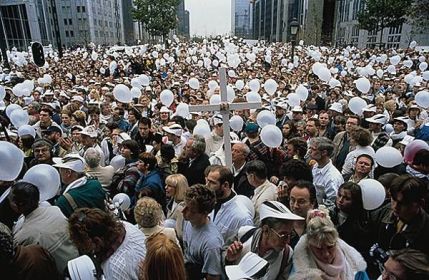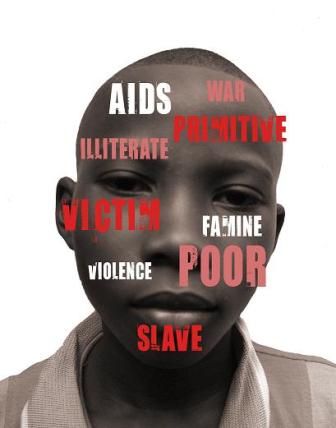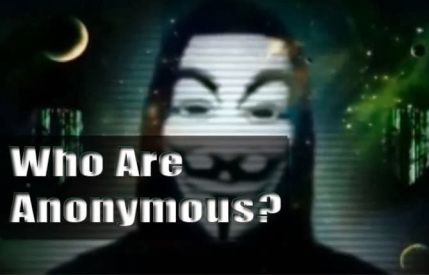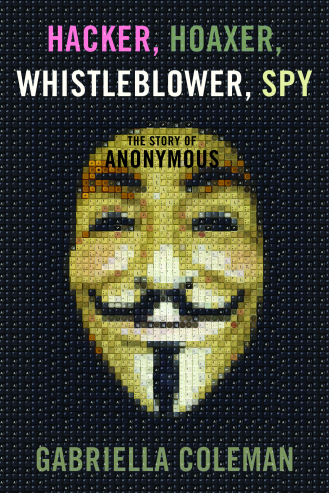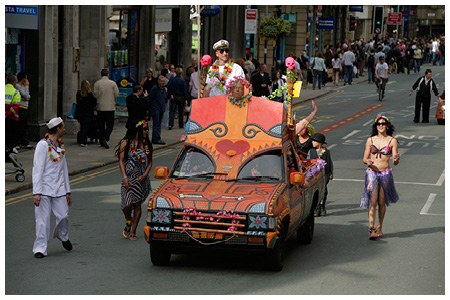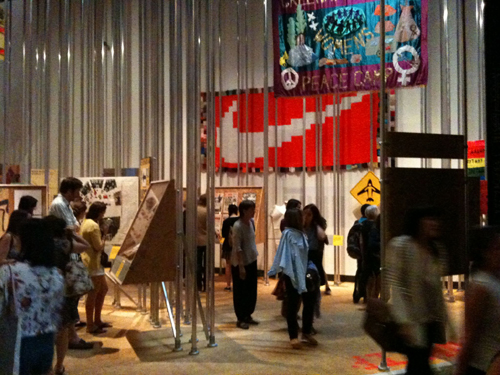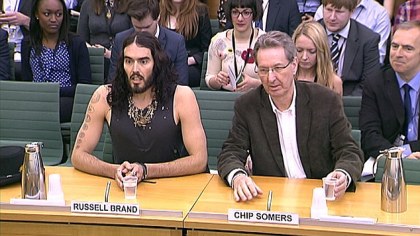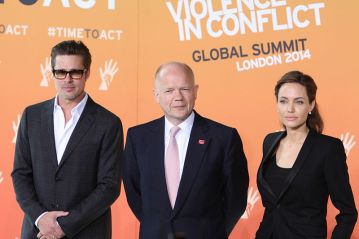 After reading Tim Gee’s Counterpower, I was left asking myself if the notion of counterpower/power to a campaigner was so straight forward. I decided to compare Gee’s concept of power/counterpower, with the ideas of power from other theorists to see whether or not different concepts of power can limit counterpower tactics.
After reading Tim Gee’s Counterpower, I was left asking myself if the notion of counterpower/power to a campaigner was so straight forward. I decided to compare Gee’s concept of power/counterpower, with the ideas of power from other theorists to see whether or not different concepts of power can limit counterpower tactics.
 But firstly what is exactly is Counterpower?
But firstly what is exactly is Counterpower?
Counter Power is a concept that according to Gee, “explains why social movements succeed or fail”. A bold claim, but one made by an experienced campaigner.
Gee sees Counterpower as the power of the ‘have-nots’ in opposition to every aspect of power held by the ‘haves’. He divides the power of the ‘haves’ into three types: ideas, physical and economic. Gee maintains that if a movement can challenge these three aspects of power then those in power will agree to what they must in order to maintain their rule- and thats how you win a campaign.
- Idea power – haves: the ability to persuade us of their right to rule. Have nots : challenging common held truths, norms and values.
- Physical power – haves: the ability to punish us if we do not obey. Have nots: Nonviolent and violent direction action and acts of resistance.
- Economic power– haves: the ability to extract land, labour and capital from us. Have nots: the refusal to work or the refusal to pay and building of alternative economic power bases e.g unions etc.
Beyond these categories of Counterpower Gee refers to power in a sense of quantity. It’s about the ‘have nots’ wielding more power then the ‘haves’ to create social change. It draws back to the traditional notion of power, in which A makes B do something that B would otherwise not do, so the ‘haves’ wielding power to control the ‘have nots’. To place power in the hands of the ‘have nots’, Gee argues that a ’bargaining chip is needed and this can only be achieved through Counterpower’ (p38). He also states that the common alternative to Counterpower is simply to accept power as it is.
So is power a concept you can measure within it’s self, would having more power be better and what would more power mean? Is power the play off between A vs B, a matter of who has the most amount of power. Does A dominate B because A has more power, or is it more about the type of power A has? Perhaps it’s beyond both A and B, maybe power is about a whole structure of knowledge and understanding that formulate A and B’s standpoints, and even creates the notion of A and B at all. Seeing power in this way may allow the notion of power to be spread beyond, ideas, economic and physical notions.
 Castells: The power of Communication
Castells: The power of Communication
We can understand in today’s technological era that use of ‘global digital communication networks are a fundamental source of power in modern society’. Seeing an interactions as communications possessing power within itself is a bit of an abstract idea, but one that provides a better analysis of the actors involved. Castells states that there is no deterministic control of the power structure by any one group and that “whoever has enough money, including political leaders, will have a better chance of operating the switch in its favour” (p. 52). So in Castells’ view your focus to achieve social change would be to try to influence/change the communication structures that are used by powerful actors. To be effective in this you would need to understand why is the media powerful? Peter Braham’s explains the power of the media as the ability of mass media to influence the political agenda, and shape our concept of reality. As Carr states, think of the mass media’s role as a modern day church.
So in comparison Gee may see Counterpower in communications as the ‘haves’ vs ‘have nots’,or for example Rupert Murdoch vs activists. However the suggestion here is to not see Rupert Murdoch as holder of power (haves), but to rather see Murdoch as someone who establishes the space where power is decided through his ownership of media networks. Seeing power through communications in this way opens up a tactic, which is not discussed in Gee’s work and is hard to conceive with his notion of Counterpower. That is the building of autonomous communication networks to challenge the power of the media industry. It’s doesn’t need to be about, this company or that individual possessing power in a form media; it’s about harnessing that power that exists within communications. Communication networks are starting to play a huge role in social movements, such as the protests in Egypt (2011), and Hong Kong (2014) . Power will always exist through communications, so to focus on just targeting individuals or corporations, distracts from tapping into power of communications and trying to occupy more of that space where power is decided.
So if power exists beyond individuals and institutions…what about everywhere?
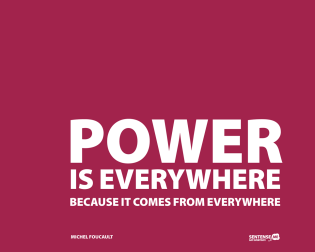
Foucault: Power is everywhere
No discussion about power can take place without the ideas of Foucault being discussed. Foucault saw power as; dispersed rather then concentrated, expressed and acted out rather then possessed, and as more wandering then forceful. Individuals or institutions do not hold power, rather their actions may contribute to the operation of power, but it is not power itself.
“Power is everywhere: not because it embraces everything, but because it comes from everywhere. … Power is not an institution, nor a structure, nor a possession. It is the name we give to a complex strategic situation in a particular society.” (Foucault History of Sexuality p.93)
In short, Foucault sees power as a thing or a capacity that people have. Power is a relation which exists when it is exercised. Resistance therefore can be encountered at every point, in attempts to evade, subvert or contest strategies of power.
To see power as everywhere, means that resistance can be channeled everywhere by using any means. For me, this conception of power, although abstract, opens campaigners minds to thinking outside of the box in regards to resistance strategies and techniques.
 Hardt and Negri: Understanding power through an International framework
Hardt and Negri: Understanding power through an International framework
Hardt and Negri analyse power on an international level by arguing that sovereignty has become supranational and no longer based within nation-states. Instead they suggest that a new global ‘Empire’ has emerged based around international institutions, treaties, capital flows, military interventions, media, and even NGOs. Using Hardt and Negri theory it’s important to not just view the structure of power within states, but to look at the relations of power on an global level. Using a political example, the uprising in Syria can be seen beyond the notion of the regime’s power vs the power of the people. International factors have played a vital role in this power struggle( which started as a protest for greater freedoms), in the form of Russia’s support of Assad and western unwillingness to intervene.
Associations of power
It’s doesn’t have to be about power itself but the association of power. Those who are powerful are not those who ‘hold’ power but those who are able to enrol, convince and enlist others into associations on terms which allow these initial actors to ‘represent’ all the others: (Law and Whittaker 1988: 179). This view of power suggests that If power ‘lies’ anywhere, it is in the resources used to strengthen the bonds . We need to analyse how these resources are defined and linked and how actors impose definitions and linkages upon others to have a greater understanding of who holds power.
Conclusion
Power is an extremely complex concept and one of the most problematic. Power is theorised in almost all aspects of human study; politics, sociology, international relations etc, and in these studies, what constitutes power is fiercely debated. It is the ubiquitous nature known of power which caused me to question Gee’s simplicity.
However Gee’s book contains many excellent tactics and methods in order to build an effective campaign. Where Gee fails for me is his philosophical approach to power which is a bit too simplified, and designed to support his theory on how campaigns can win. By perceiving power as existing in three forms (ideas, economic and physical), the methods of resistance are mirrored and therefore limited. If Foucault is right in his perception of power as everywhere, then only seeing power in some forms will limit the scope of power and make it more difficult to alter power relations.In order for campaigning for social change to be successful, our perception on the world around us must evolve. Campaigners need to think outside of the box, and find new ways to achieve meaningful and lasting change.
 These three examples of the media’s influence are indeed important however it’s difficult to measure that importance. The connection between the media’s role in social and political outcomes is largely based on assumption. It’s difficult to separate the media from the context of what is going on in society at that time, as the media only provides a certain perception. The role of the mass media is normally not theorised, nor is there much empirical study of the media in social movement outcomes (Smith, McCarthy et al 2001). We know the media influences the outcomes of social movements because it plays the function of communicating to mass audiences, but to understand the strength of the media’s role in particular social movements requires further research.
These three examples of the media’s influence are indeed important however it’s difficult to measure that importance. The connection between the media’s role in social and political outcomes is largely based on assumption. It’s difficult to separate the media from the context of what is going on in society at that time, as the media only provides a certain perception. The role of the mass media is normally not theorised, nor is there much empirical study of the media in social movement outcomes (Smith, McCarthy et al 2001). We know the media influences the outcomes of social movements because it plays the function of communicating to mass audiences, but to understand the strength of the media’s role in particular social movements requires further research.
